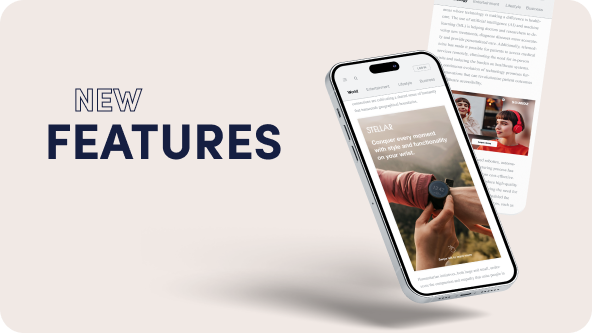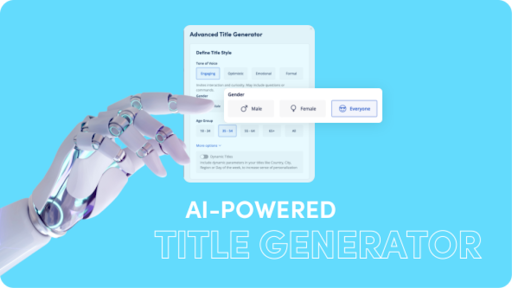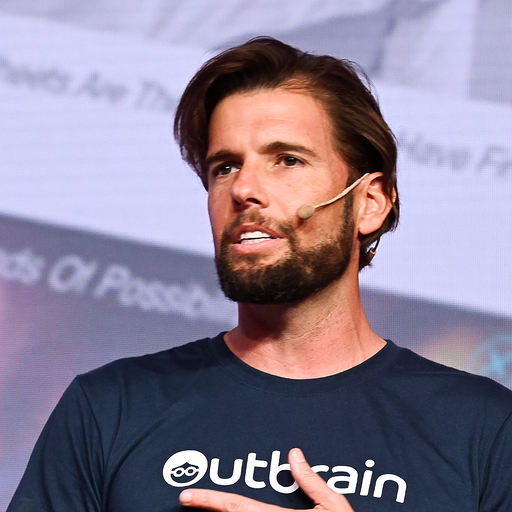Common Mistakes with Discovery Campaigns
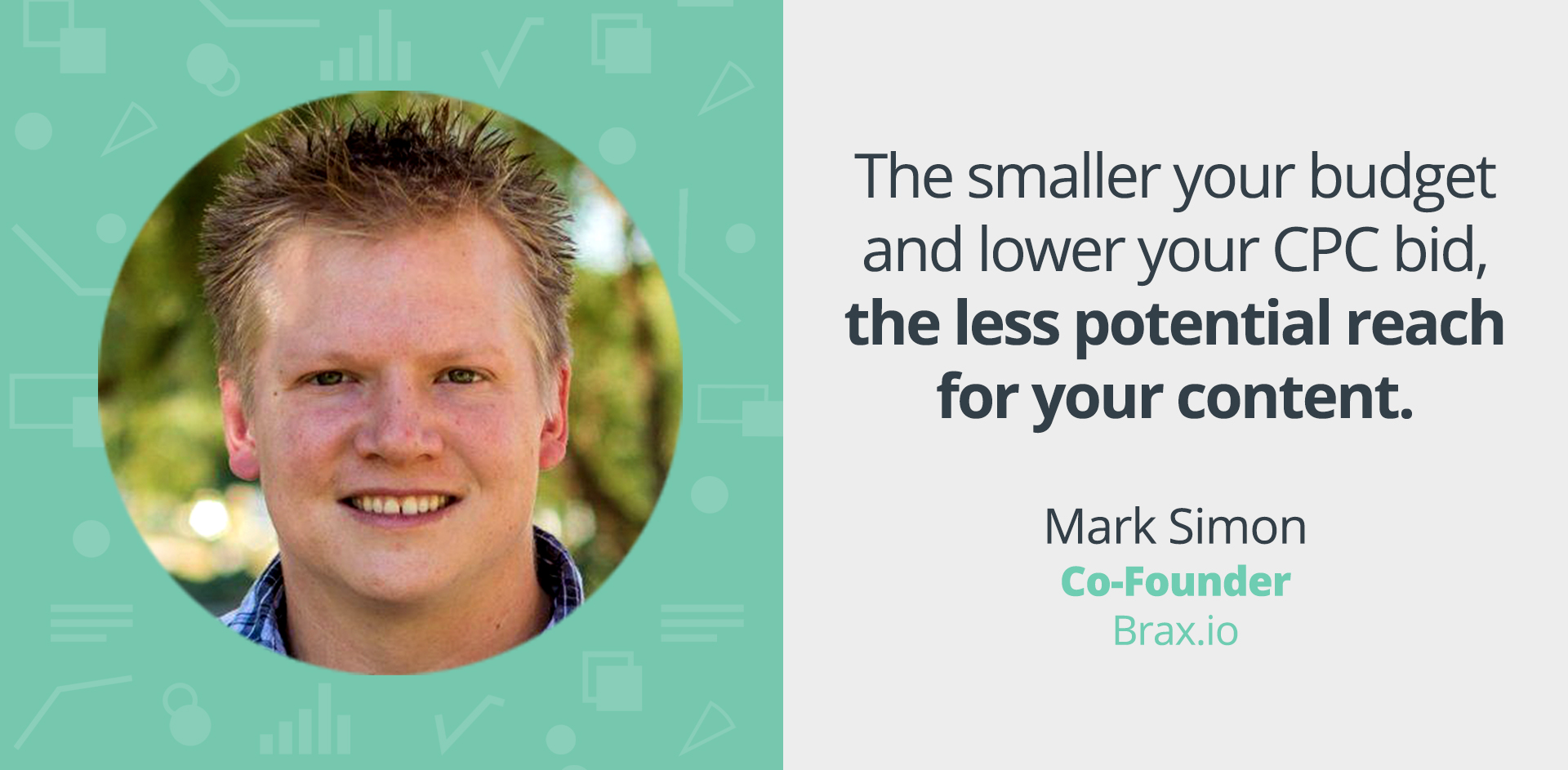 Over the past four years I’ve seen many discovery campaigns — from those that scale quickly to flops that never take off. Most of the time, there are several common mistakes to blame when a great piece of brand messaging is working elsewhere, but misses the mark when it come to discovery.
Over the past four years I’ve seen many discovery campaigns — from those that scale quickly to flops that never take off. Most of the time, there are several common mistakes to blame when a great piece of brand messaging is working elsewhere, but misses the mark when it come to discovery.
Ehud Basis, the Online Marketing Manager at Outbrain, wrote a great piece on decreasing the cost per acquisition with Amplify, which I highly recommend. Make sure you read it because I am not going to rehash the great points he made clear:
- Bidding Too Low
- Multiple Pieces of Content in a Campaign
- Limited or No Tracking
- Blocking too soon
- Small Images
- Limited Variation in Headlines & Images
- Never Pausing Ads
Bidding Too Low
Most people who are running paid campaigns are always looking for ways to bid lower on a cost per click basis as a driver to lower cost per action. There are two fundamental issues with this when kicking off a new campaign.
First, lower bids and budgets limit reach. The smaller your budget and lower your CPC bid, the less potential reach for your content. Second, and more importantly, it prevents you from reaching higher quality people. If you are trying to reach affluent customers you must bid higher to compete.
People think this is crazy. But here is another perspective based on a typical conversation:
What are you bidding on Google? Around $15 per click.
And Facebook? About $7.
What about Outbrain? 50 cents.
Now think about that. You are paying 30x on Google and 15x on Facebook then wonder why the campaign won’t scale.
At this point I tell them, go create a new campaign with the highest test budget possible and bid 2x what you currently do with your best performing piece of content. Let it run for a week then let’s talk.
A week later, they are blown away and can’t believe it worked. If you sell a product; this works. Do not be afraid to bid high to get the data necessary to optimize and scale. Higher bids is how you show up on premium sites to people with disposable income.
Now this won’t help if your content or conversion rate is already performing poorly. But if the offer is working elsewhere, it will work on Outbrain.
Multiple Pieces of Content in a Campaign
The next big mistake is using a single campaign to test multiple pieces of content or landing pages. Even worse is dropping an entire RSS feed into one campaign. Yeah, I know you can but that doesn’t mean you should. Sometimes this is because of an A/B test and other times just due to a bit of laziness.
Optimization is done at the campaign level; so every piece of content needs its own campaign. Running an A/B test? Find a way to have a separate campaign for Test A and Test B. When it comes to top- and mid-funnel content then each piece needs it’s own campaign.
The best performing campaigns start with 15-20 creative variants. Then, wait a week and pause everything except the top 1-2 performers. You may need to test 100 or more variants to find a winner; just don’t let the others drag it down once you have the data.
Limited or No Tracking
You must track post click performance to optimize your campaigns and content. Really I should not even have to say this in 2017, but 9 out of 10 times I review a client campaigns setup they are doing a poor job of tracking the right elements.
You need to look at the campaign, ad creative, publisher, section, and device type. The ad creative includes looking at how individual images and individual titles perform across the board.
Outbrain allows you to target all of these using dynamic insertion or macros in the query string.
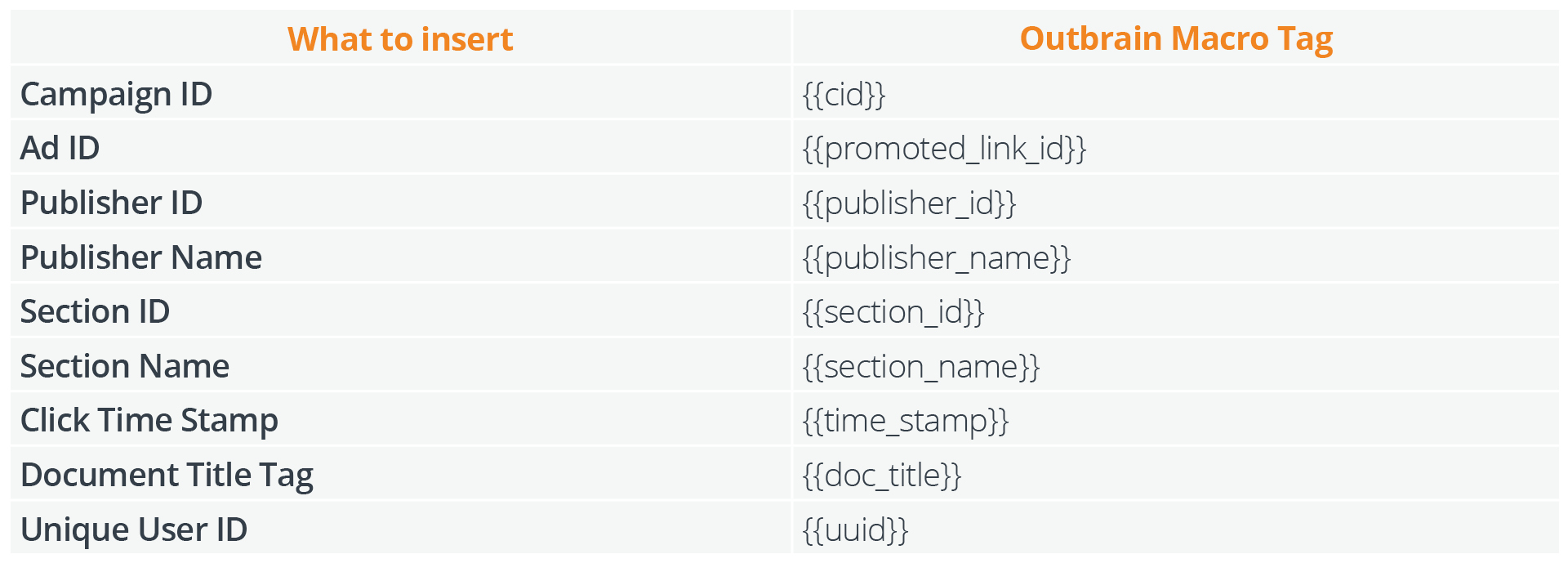
Always set these tags in the campaign tracking settings; not in the content ad URL. For tracking devices it is best to have a separate campaign for each device type (mobile, tablet, desktop) and use an abbreviation of the device type in the campaign name.
This will let you easily search to filter by device no matter what analytics platform you use.
Blocking too soon
In the interest of “cutting the fat” to optimize for a cost per action, people have a tendency to block a publisher site too soon. You need at least 7 days before making a truly informed decision because people are cyclical in their habits.
If you have the budget, wait 14 days so that you have two weeks of data on every publisher and section before making a decision. Week over week trends is where true insights occur; not daily fluctuations.
Another reason for this is your campaign may have gone live on a crazy news day or something similar. You think the campaign isn’t performing because of the site when in reality they were just consumed with something going on in the world.
There are definitely exceptions here, however, if you are bidding high enough to show up to the right people don’t cut yourself short.
Small Images
Do you know the recommended image size for Outbrain? I will save you a search. It is 1200×800 pixels. If your images are smaller go get a bigger version (or new images). Create the ads again with the bigger image and watch your impressions go up.
Our team has tested more image sizes than I care to count. We see a double digit lift in percentage points when using a nice large image versus a smaller one that is only 600×600 pixels. While the image size I see on different publishers vary, i big image scales tend to appeal and have staying power.
Check out Outbrain’s image best practices for more great ideas.
Limited Variation in Headlines & Images
Always start with five different images and at least three headline “angles.” Both the images and headlines should be massively different. Try your best to not use the same words in any of the headlines.
There are plenty of headline formulas and recommendations on what works when you look at studies. Here is the problem: those formulas and studies are not specific to the piece of content you are promoting.
Use them as inspiration but don’t let them stiffle your creativity. How many titles did you think of before settling on one for a blog post? Are they all very similar or vastly different? If they were not radically different you did not exercise your creative muscles. Here are three examples for this article:
- Dumb Things Smart Advertisers Do
- Common Mistakes in Content Discovery
- Engagement Killers You Are Committing
They are all relevant and unique.
Additionally, Outbrain’s dynamic insertion of city, state, and day of week also offers more flexibility with headlines. Try a creative version with the dynamic insertion and one without it.

Never Pausing Ads
Once there is creative campaign winner, pause all the other ads. If you still want to run those creatives,then put them in a separate campaign. This is mainly relevant when you are trying to scale volume of your campaigns.
My experience has been 80-90% of clicks end up coming from the best performer, so I recommend just cutting the rest. It is an easy optimization and you may even be able to lower your CPC bid once you do it.
Again, only do this once you have enough data and don’t put it so low you tank the campaign.
Final Thoughts
All of the recommendations above are based on personal observations and testing over the past three years on Outbrain. There are always exceptions — that is why we test new things constantly. Success does not occur without failures along the way.
You may be in a niche where none of this applies. If so, I’d love to hear about your experiences.




